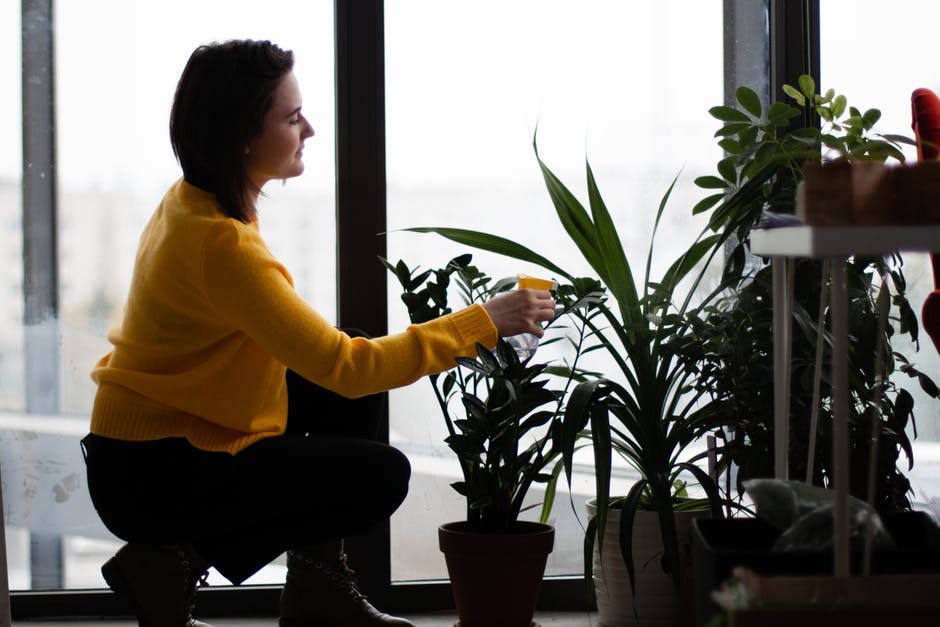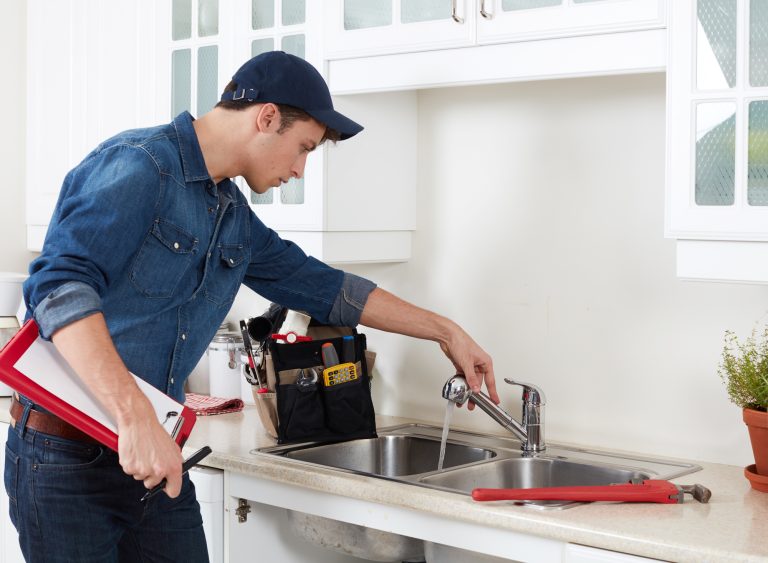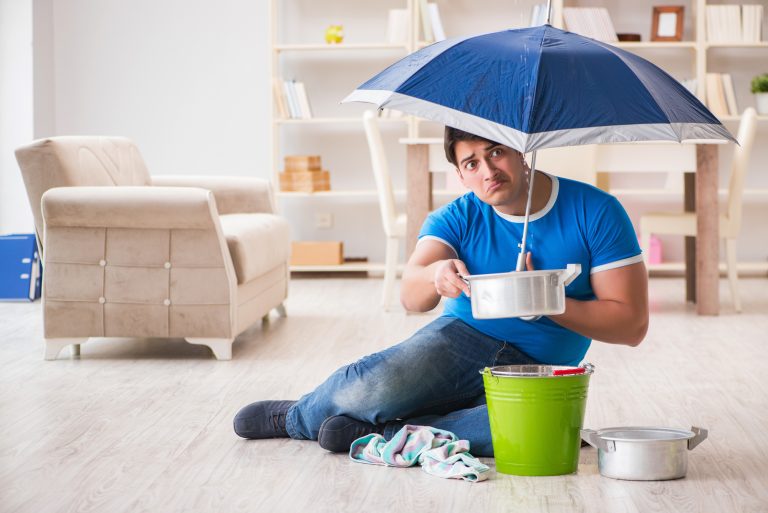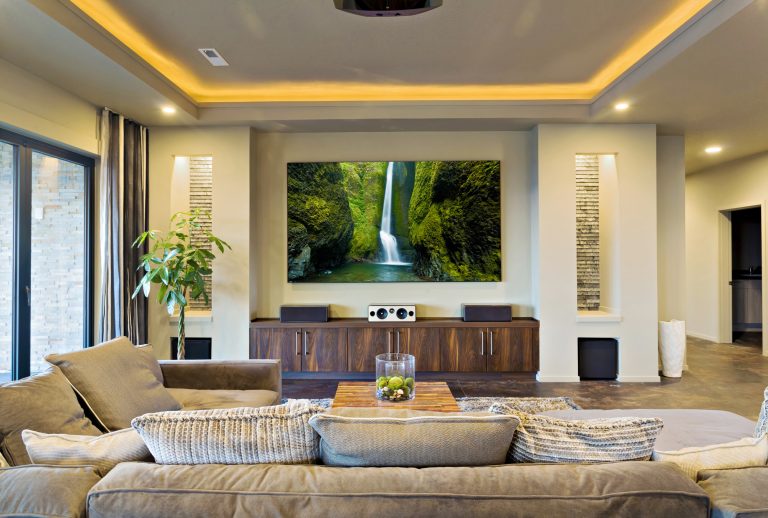How to Select Indoor Plants: The Complete Guide for Homeowners
Many people believe in the power of nature. In fact, studies show that interacting with nature can improve your mood and boost your mental health.
Are you looking to bring more greenery into your home? Have you been wondering how to choose indoor plants?
Choosing indoor plants is not only a great way to introduce nature into your living space but also a great way to improve the ambiance and aesthetics of any room. Creating a green space in your home can make it a more calming and inviting place to spend time.
Here are a few tips to help you select indoor plants.
Evaluate Your Living Conditions
The first step when selecting indoor plant care is to check your living condition. Consider the amount of maintenance you would prefer, the amount of light and temperature you can give, and the amount of water the plants would.
If you are short on natural light, look for plants that can grow with minimal light. Be realistic about how much maintenance you are willing to do and what special considerations may be needed to care for the plants.
Consider the temperature of the space and the amount of airflow. Some plants prefer high humidity and some prefer drier air.
Consider the amount of water the plants may need and choose a schedule that works for you. As you check the available options, you can better make an informed decision about the types of indoor plants best suited for your space.
Consider Pets
When selecting indoor plants, it is important to consider any pets that are present in the home. Some plants can be harmful or even toxic to animals like cats and dogs.
Before bringing any plants home, it is important to research which plants are safe and which plants should be avoided. There are many lists online that contain plants that are toxic to pets.
Avoiding such plants ensures animals are not exposed to any risky toxins that would be harmful to them. Researching pet-safe plants online is an easy way for these plants to be pet-safe and can be enjoyed by both pets and people alike.
Mix It Up With Sizes
Even though the majority of indoor plants are generally small, homeowners should pick larger ones and consider matching their size to certain pieces of furniture or wall space. By adding different sizes, homeowners can create a more esthetically pleasing atmosphere.
Picking larger plants also ensures a better quality of life for pets and people alike. Large potted indoor plants tend to have more robust root structures and are less likely to die or get infested with pests. With this in mind, homeowners should buy plants that fit the look and size of the space they are being placed in for the best possible results.
Know Your Plants
Beginner gardeners should start with easy-to-care-for species like Dracaena, Ficus, and Calathea. These plants don’t must a lot of fussing over and most are very resilient when it comes to receiving incorrect amounts of light, water, and care.
Advanced gardeners may want to try their hand at trickier plants. Species like Zamioculcas, Spathiphyllum, or Aglaonema are some medium-hard indoor plants that must be more attentive such as regularly checking for any signs of discoloration or pest presence. If you’re new to gardening altogether, make sure to do your due diligence and research the different types of plants and view these quality plant accessories to level up your plant game.
Types of Soil
Different plants have slightly different requirements, but the following types of soil are generally suited to houseplants: peat moss-based soilless mix, potting mix, and coarse-grade vermiculite. Peat moss-based soilless mix is lightweight and well-aerated, so it’s great for plants that are sensitive to over-watering or don’t like too much fertilizer.
Potting mix is a good choice if you’re planting in containers, as it provides ample drainage and some organic nutrition. Coarse-grade vermiculite is best used as an amendment to promote drainage and aeration. If you’d like to make your own mixture, you can combine the above three ingredients.
Get to Know the Materials
Natural materials like wicker or ceramic pots are aesthetically pleasing and do a great job of channeling moisture away from the plant’s roots. Composite plastic is a great choice for long-lasting durability and affordability, but it should be covered with something more pleasing if placed in highly visible areas. Consider the appearance of the plant and the pot, as elements like shape and color can impact the look.
Real or Fake?
When selecting an indoor plant, there are two main considerations when making the decision to buy real or fake plants – ease of care and aesthetic appeal. Real plants must be more careful than a synthetic or faux choice and can be more expensive in the long run; however, they can inject life into a space, add fresh oxygen to the air, and will last a lifetime given proper care.
Fake plants can do with little care and are found for a much lower price. Although fake plants often look realistic, there’s something about having genuine plants in the home that can’t be replicated.
It’s important to choose a plant that is suited to the indoors, so researching the best indoor plants for your home is absolutely essential.
Learn How to Select Indoor Plants for Your Home
Indoor plants add a sense of comfort, texture, and life to our homes. With this guide, you have plenty of information to help you select the right plants for your home. Start exploring indoor plants today and enjoy the green, growing oasis of your own home! Pick up and select indoor plants today and get growing!
If you need more tips and tricks like this, check out the rest of our blog.






